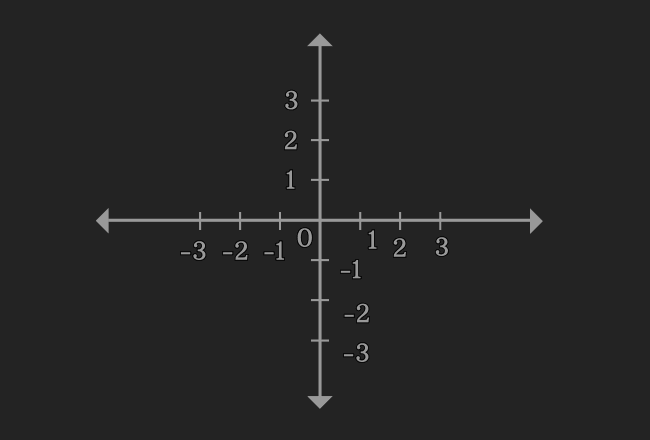Definition of Linear Equation in One Variable:
A linear equation in one variable is an equation that can be written in the form ax+b =0. Here a and b are real numbers.
Linear equations also happen to be first-degree equations because the exponent on the variable is understood to be 1.
Objective 1: Identify Equations that are Contradictions and Those That are Identities.
A conditional equation is an equation that proves to be true for some values of the variable but not for others. It is to be noted that every linear equation that is a conditional equation has got one solution. But at the same time, not every linear equation in one variable has got a single solution. There are two other cases: no solution and the solution set of all real numbers.
Let us make a consideration of the equation x = x + 1. It does not matter what value is substituted for x, here the resulting value on the right side will always prove to be one greater than the value on the left side. So the equation can never be true at all. Such an equation is called a contradiction where it has got no solution. Its solution set is the empty or null set, denoted by { } Or Ø, respectively.
Now consider the equation x + x = 2x. The expression on the left side of the equation simplifies to the expression on the right side. No matter what value we substitute for x, the resulting values on both the left and right sides will always be the same. Therefore, the equation is always true. We call such an equation an identity. Its solution set is the set of all real numbers, denoted by (-∞, ∞) or {x is a real number}.
Objective 2: Use Linear Equations to Solve Application Problems.
When solving application problems, we use mathematical models. The following strategy can be used for solving application problems involving linear equations. Problem-Solving Strategy for Applications of Linear Equations in one variable:
- Step 1: Define the Problem. Do make sure to read the problem carefully, or even multiple times if necessary. You also need to identify what you are trying to find and then try to determine what information is available to help you find it.
- Step 2: Assign Variables. Make sure to choose a variable in order to assign to an unknown quantity in the problem. For example, you can try to use p for price. If there are other unknown quantities that exist, then try to express them in terms of the selected variable.
- Step 3: Translate into an Equation. You can make use of the relationships among the known and unknown quantities in order to form an equation.
- Step 4: Solve the Equation. In this case, you need to determine the value of the variable and then make use the result to find any other unknown quantities in the problem.
- Step 5: Try to check the Reasonableness of Your Answer. You need to make sure to see if your answer makes sense within the context of the problem. If not, check your work for errors and try again.
- Step 6: Answer the Question. Write a clear statement that answers the question(s) posed.
Examples of Linear Equations of one Variable:
Example 1 : Solve for x, x – 4 = 0
Solution:
Add 4 both sides
x – 4 + 4 = 0 + 4
x = 4
Divide each side by 2, we get
x/2 = 4/2
x = 4/2*2 = 4
So, x = 4 is the answer.
Example 2: Solve x – 5 = 8
Solution:
x-5= 8
Add 5 both sides of the equation,
x-5+5=8+5
x+0=13
Answer: x = 13
Note*: Recall that if the same number is added to both sides of the equation the resulting sums are equal.
Linear Equations in One Variable Word Problems:
Example 1: Find the perimeter of the square whose side length, x is given in the form of an equation as 2x/3- 5/6=0
Solution:
Given, side-length of the square is 2x/3- 5/6=0.
First, we need to solve this equation to find the value of x.
2x/3- 5/6=0
2x/3- 5/6 + 5/6=0+ 5/6
2x/3= 5/6
x=5/6 × 3/2
x= 5/4
Hence, the side-length of the square is 5/4 units.
Now, to find the perimeter of the square, we need to multiply the side-length by 4.
The perimeter of a square = 5/4 × 4=5 units.
Therefore, the perimeter of the square is 5 units.
Example 2: Twenty years ago, Mike’s age was one-third of what it is now. What is Mike’s present age?
Solution:
Let Mike’s present age be = x years
Twenty years ago, Mike’s age was = x-20 years.
According to the given information,
x – 20= x/3
3(x – 20)= x
3x – 60= x
3x – x= 60
2x= 60
x= 60/2
x= 30
Therefore, the present age of Mike is 30 years.




